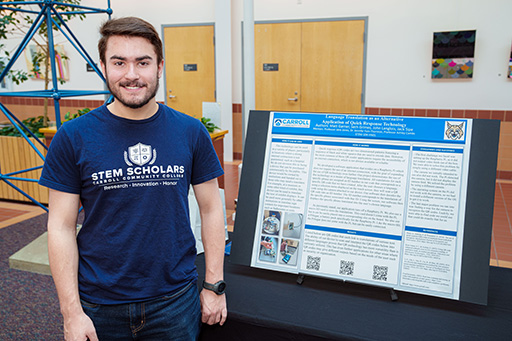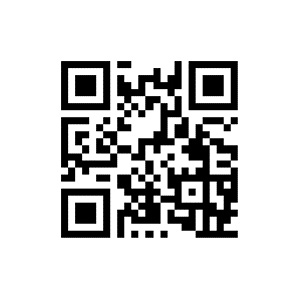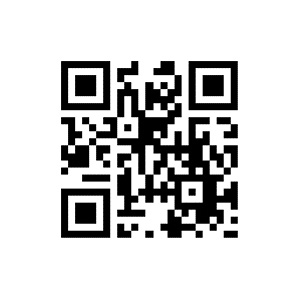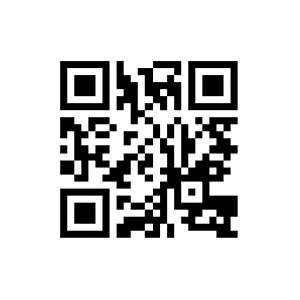STEM-104 Group Project 1
Participants: Matt Garner, Seth Grimes, John Langlois, Jack Sipe
Course: STEM Scholars Research, STEM-104-HN01
Professors: Jane Jones, Dr. Jennifer Fain-Thornton, Professor Ashley Combs
Assignment Title: Language Translation as an Alternative Application of Quick Response Technology

Assignment Details
Quick response (QR) codes are two dimensional patterns featuring a sequence of black and white squares that are used to encode data. However, the most common of these QR reader applications require the accessibility of an internet connection, which is not always available or reliable.
We developed a software application that resides on a Raspberry Pi which does not require the use of an internet connection, with the goal of expanding the use of QR technology even further. Our project demonstrates the use of this technology as a means of language translation. All translations for each specific phrase are assigned an ID number in our code that corresponds to a specific QR code that we have created. After the user chooses a language, using a selection menu displayed on the touch screen, they will scan a QR code using the camera attached to our device. Our software then decodes the QR code into an ID number. The ID number corresponds to the translation of the specific phrase associated with that ID. Using the screen, our software then displays the specific phrase translated into the user’s chosen language.
As previously stated, our application runs off a Raspberry Pi. We also use a micro-SD card to store the translations. This card doesn’t come with the Pi, but it can be easily placed into a corresponding slot on the board. We also use a PiSugar; a battery pack specifically for the Raspberry Pi. Like the micro-SD, the PiSugar does not come with the Pi, but can be easily connected.
Application
This technology can be used in a variety of places, particularly in locations where a strong internet connection is not guaranteed, such as a hospital. We do not envision this as being a device that can be purchased commercially by the public. This device would be owned by institutions and handed out to those who may need a translator. For example, at a museum or some other kind of exhibit, this device can be used to translate the text of exhibit displays. It can be used more generally by other institutions to translate sign content for important locations such as bathrooms or exits.
Results/Conclusions
Listed below are QR codes that each link to translations of various text. The ability of our device to scan and interpret the QR codes below into different languages proves that QR technology has more versatility than is currently utilized. This has even further applications for other areas where QR codes may give different outputs based on the needs of the user such as security or organization.
Text 1

Text 1
Text 2

Text 2
Text 3

Text 3
Challenges and Successes
- The first challenge we faced was setting up the Raspberry Pi, as it did not output video fresh out of the box. We were able to solve this problem by simply using a different video cable.
- The camera we initially intended to use also did not work. The Pi detected the camera, but it did not display the camera feed. We solved the problem by using a different camera.
- The operating system on the Pi did not work with the camera, so we had to install a different version of the OS to get it to work.
- The last major problem we ran into was finding a way for the camera to recognize the QR codes. Luckily, we were able to find code we could use that could do exactly that for us.